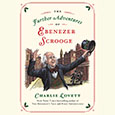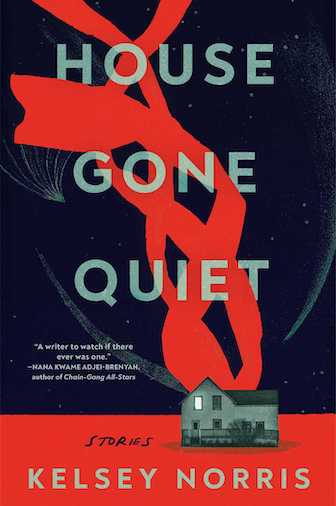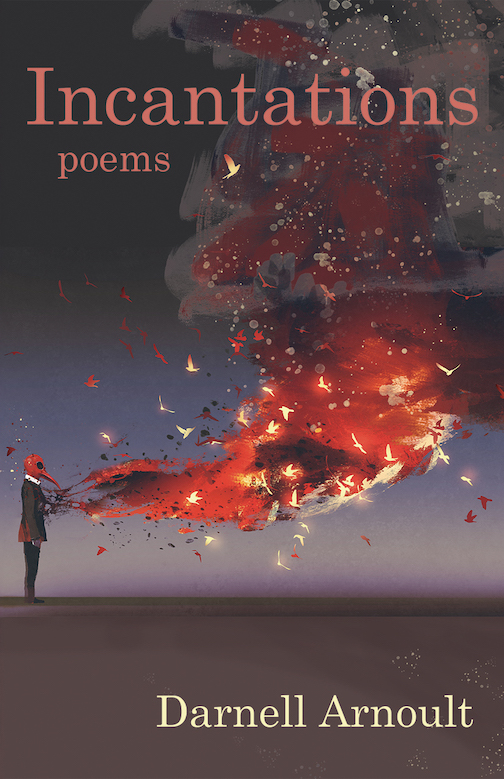Buzzing with Life
James Seay’s essay collection reflects on mortality, literature, and the natural world
James Seay takes readers to Mississippi, Moscow, and many places in between in his latest book, a reflective and tender essay collection titled Come! Come! Where? Where?
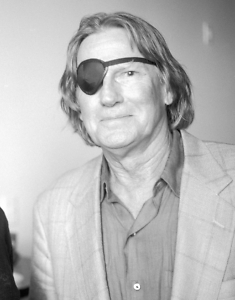
In the opening essays, the author reflects on his own loss and grief. For example, “Down among the Bones, the Darks, the Sparrows” finds Seay at his son’s grave, observing a bee. Seay remarks, “At the moment, a bee is testing a plastic flower at the base of Josh’s gravestone, then it moves on to the asters and marigolds, Russian sage, and rosemary I have brought to his grave today.” We, as readers, see — and feel — the presence of death, but we also, as the essay reveals itself, see life in the memories and objects that exist at the edges.
A similar careful juxtaposition exists within the next essay, “Wheat Field with Crows,” which goes back in time and captures “a birthday trip to New York City” with the author and his son. We see the life and joy of the moment, but, with the knowledge of the preceding essay, we also know the pain of how the story will ultimately end.
In “Through the Trees,” the author again reflects on mortality, but this time his own. Through “pale blue neon light” from a nearby funeral home, filtered on his childhood bedroom wall through a few trees, the presence of death makes its haunting entrance. It lingers, too, as family sickness becomes a frequent occurrence.
Seay, a Mississippi native who taught for a time at Vanderbilt University, is the author of four books of poetry and directed the creative writing program at the University of North Carolina at Chapel Hill from 1987-1997. His poetic sensibilities, which come to life through his command of language, shine when he discusses the convergence of literature and the natural world. “One Corner of Yoknapatawpha” reflects beautifully on this very relationship, as Seay examines Faulkner’s fictional county and his own experience of Faulkner’s world: “I was aware too of another phenomenon having to do with literature and place. If I had never read Faulkner and you took me to this bean field and told me all about it and the clubhouse, which resembled the house of a tenant farmer more than a hunting lodge, I would nod and agree, but in truth it would be little more than just another bean field to me. When an author sets a narrative in motion around an actual place that we recognize, however, that place becomes invested with a kind of extra-reality, if the fiction has established a valid claim on our imagination. In addition to its own history, the place takes on that of the fiction as well.”
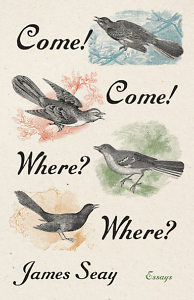 Elsewhere, in “Avian Voices: Trying Not to Kill a Mockingbird,” Seay summons Harper Lee’s To Kill a Mockingbird, as well as David Lynch’s film Blue Velvet, Seamus Heaney’s translation of Beowulf, and Bede’s Historia ecclesiastica gentis Anglorum. In this standout essay, Seay writes about trying to protect his garden from deer, an aggressively protective mockingbird, and the monitored behavior of other types of birds. Readers with a special awareness of the avian world will likely find much kinship with the observations in this particular essay.
Elsewhere, in “Avian Voices: Trying Not to Kill a Mockingbird,” Seay summons Harper Lee’s To Kill a Mockingbird, as well as David Lynch’s film Blue Velvet, Seamus Heaney’s translation of Beowulf, and Bede’s Historia ecclesiastica gentis Anglorum. In this standout essay, Seay writes about trying to protect his garden from deer, an aggressively protective mockingbird, and the monitored behavior of other types of birds. Readers with a special awareness of the avian world will likely find much kinship with the observations in this particular essay.
“I am not going to kill the mockingbird,” Seay writes. “Truth to tell, I have become amused at his antics. Yesterday morning I walked out toward my garden and he took flight from the fence. I have a screenhouse that is elevated on wood pilings, but there is only a three-foot space between its floor beam and the ground. The mockingbird made a straight course for that restricted opening and flew under the screenhouse and out the other side. Show-off. But maybe a hint of détente. He didn’t swoop down on me.”
One of the most appealing qualities of Come! Come! Where? Where? is how richly diverse the contents are. Outside of the essays focused on mortality, grief, literature, and the natural world, Seay writes about his grandmother’s fried chicken (“Our Hands in the History of It”), life in a single-wide trailer (“The Single-Wide Wars”), and how dogs get their perfect and intentional names (“Dogs with Agency”).
Come! Come! Where? Where? is the kind of book that, by its end, reminds us of our world and our place in it. Even when it focuses on death, it is still buzzing with life.

Bradley Sides is the author of two collections of short stories, Those Fantastic Lives and Crocodile Tears Didn’t Cause the Flood. He teaches writing at Calhoun Community College and was an instructor at Humanities Tennessee’s Young Writers’ Workshop.
